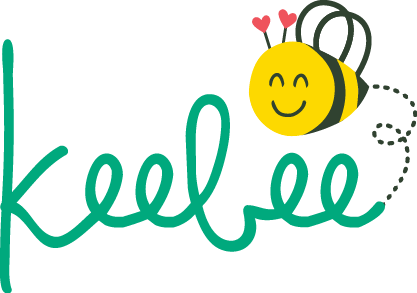Why Organic Cotton?
Why Choose Organic Cotton?
When it comes to clothing, particularly for our precious little ones, making conscious and sustainable choices is more important than ever. Organic cotton stands out as an exceptional choice, offering a range of benefits that extend far beyond its softness and comfort. Let's explore why you should choose organic cotton for your baby's clothing:
- Safe and Gentle on Delicate Skin: Organic cotton is grown without the use of harmful pesticides, synthetic fertilizers, or genetically modified organisms (GMOs). This makes it naturally hypoallergenic and free from chemicals that can irritate sensitive skin, reducing the risk of skin allergies and irritations. By choosing organic cotton, you can provide your baby with a naturally soft and gentle fabric that keeps their skin happy and healthy.
- Breathable and Comfortable: Organic cotton is renowned for its breathability and softness. The natural fibers allow air circulation, keeping your baby cool in warmer weather and preventing overheating. The gentle touch of organic cotton provides the ultimate comfort, allowing your little one to move freely and play without restrictions.
- Softness and Comfort: Organic cotton garments are luxuriously soft and comfortable, ensuring that your little one feels cozy and snug all day long. The natural fibers are breathable and gentle against the skin, allowing air circulation and preventing overheating. Say goodbye to itchy and uncomfortable fabrics, and say hello to the unparalleled comfort of organic cotton.
- Long-Lasting Quality: Organic cotton is renowned for its durability and long-lasting quality. The fibers are stronger and less prone to breakage, ensuring that your baby's clothes can withstand the wear and tear of playtime and countless washes. Investing in organic cotton means investing in garments that can be passed down from one sibling to another, reducing waste and saving you money in the long run.
- Eco-Friendly and Sustainable: Conventional cotton farming is one of the most chemically intensive agricultural practices in the world. By choosing organic cotton, you're supporting a sustainable and eco-friendly alternative. Organic cotton farming utilizes natural and biological methods, such as crop rotation, composting, and beneficial insects, to maintain soil health and biodiversity. It helps to preserve water resources, reduces pollution, and promotes a healthier ecosystem for future generations.
- Better for Farmers and Rural Communities: One often overlooked aspect of organic cotton is the positive impact it has on the lives of cotton farmers. Conventional cotton farming exposes farmers to harmful chemicals, which can have detrimental effects on their health and well-being. According to the Textile Exchange, organic cotton farming can help improve the livelihoods of farmers by reducing their exposure to toxic substances and increasing their income through fair trade practices. By supporting organic cotton, you contribute to the well-being of farmers and the sustainability of rural communities.
- Reduced Water Consumption: Conventionally grown cotton is known to be a water-intensive crop, requiring significant amounts of irrigation. In contrast, organic cotton farming utilizes practices that reduce water consumption. According to the Organic Trade Association, organic cotton uses 91% less water compared to conventional cotton. By choosing organic cotton, you help conserve one of our planet's most precious resources.
- Transparency and Certifications: Organic cotton is backed by internationally recognized certifications such as the Global Organic Textile Standard (GOTS) and the Organic Content Standard (OCS). These certifications ensure that the cotton used in the production of clothing meets strict organic standards, from farming practices to processing and labelling. Look for these certifications when purchasing organic cotton products to ensure their authenticity and traceability.
- Supporting Fair Trade Practices: Many organic cotton farmers are part of fair-trade cooperatives, ensuring that they receive fair wages for their hard work. By choosing organic cotton, you're supporting ethical trade practices and helping to improve the livelihoods of farmers and their families.
By choosing organic cotton for your baby's clothing, you're not only prioritizing their well-being but also making a positive impact on the environment and supporting sustainable farming practices.
At Keebee, we believe that choosing organic cotton is not just a fashion statement; it's a conscious decision to protect our children, the environment, and the people involved in the cotton industry. We are committed to providing you with high-quality, stylish, and sustainable clothing options for your little ones.
Join us in making a difference by embracing the beauty and benefits of organic cotton. Together, we can create a brighter and healthier future for our children and the world they will inherit.
Shop Keebee and experience the wonders of organic cotton today!
For more information and resources on organic cotton, you can visit the following reputable sources:
1. Organic Trade Association (OTA): www.ota.com

